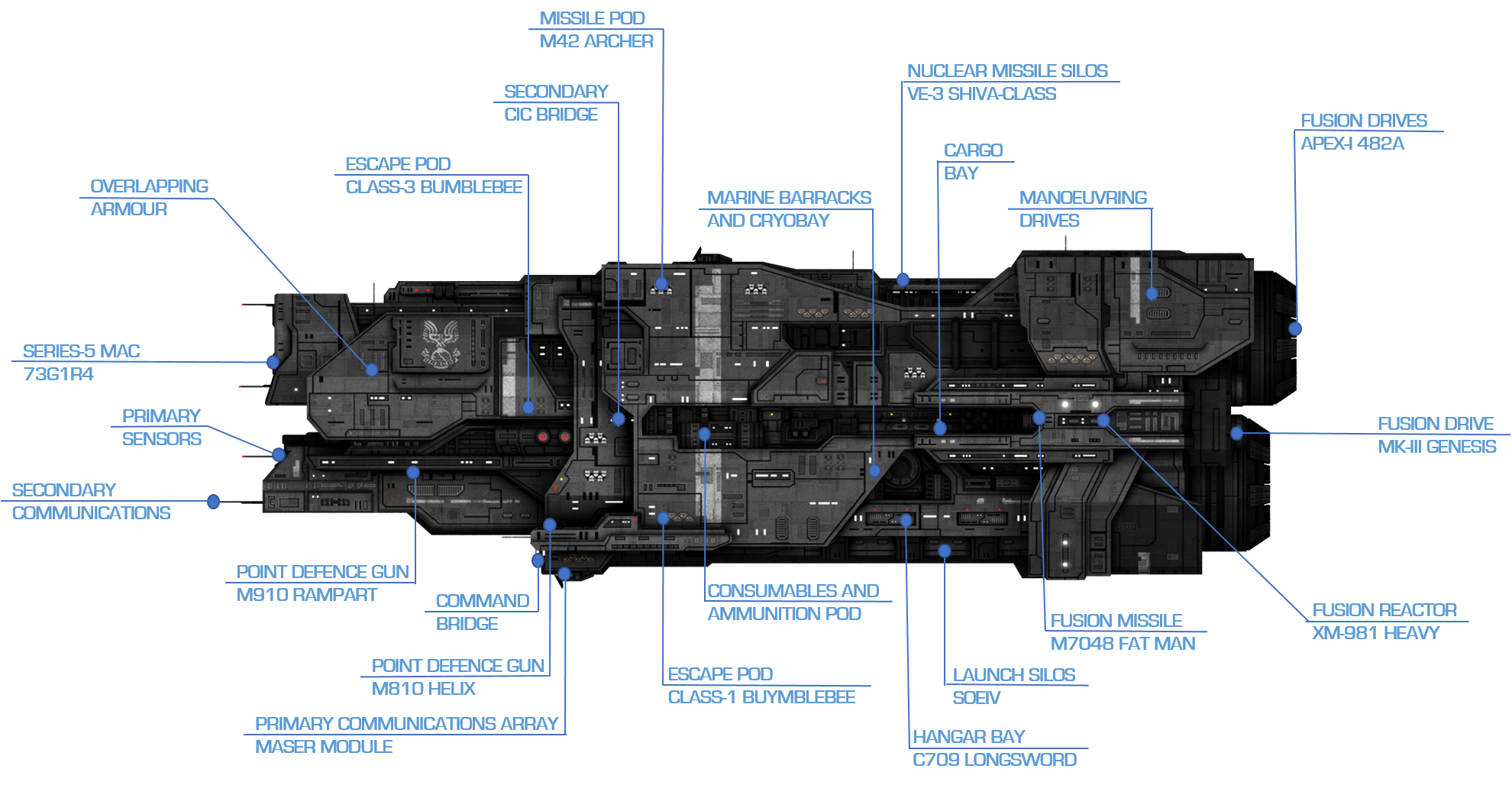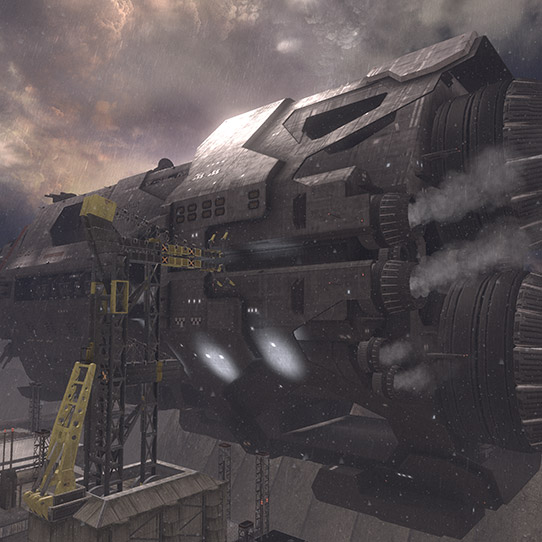

The Italians were further motivated by Luftwaffe reports on March 15, 1941, indicating that two of the three British battleships in the Mediterranean had been severely damaged and were not operational. Usually reluctant to risk its capital ships, Supermarina had outdone itself for this mission. Supermarina committed the brand-new Littorio-class battleship Vittorio Veneto, sporting nine 15-inch guns and displacing 45,000 tons, as well as six of its seven 10,000-ton heavy cruisers and two of its best light cruisers to the operation. At their urging, and because of the general feeling at Supermarina (Italian naval headquarters) that an attempt should be made to re-establish the dynamics of conflict in the area, Operation Gaudo was born. The Germans were now becoming more insistent that something be done to restore the situation in the Mediterranean. The deteriorating military situation in Africa and Greece in 1941, however, made it clear that some offensive response by the Regia Marina was necessary if these theaters were to remain viable for the Axis powers. Perhaps even more frustrating, the Italian airmen frequently bombed their own ships as well as British vessels. The Regia Aeronautica (Italian Royal Air Force) repeatedly made its appearance at the end of a battle. Cooperation between the various branches of the Italian armed forces was nonexistent. He could only request Italian and German aircraft through Italian naval headquarters, a fatal division of command for the mission.

From the beginning, Iachino was disturbed by the dependence of the operation upon forces outside his control, namely air support. The plan called for a strong naval force to patrol the area north and south of Crete, sinking any British convoys or escort warships it might encounter. In fact, Operation Gaudo, a plan to sweep the Royal Navy from the waters surrounding Crete, was intended to demonstrate, after a number of one-sided encounters, that the Italians were still a force to be reckoned with.Īdmiral Angelo Iachino, an experienced and intelligent naval officer, was given command of the operation. It was called Mare Nostrum (Our Sea) by Benito Mussolini and his Fascist stalwarts, but the Italian navy, or Regia Marina, still understood it was an open question as to who would rule the Mediterranean in 1941.


 0 kommentar(er)
0 kommentar(er)
